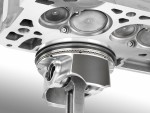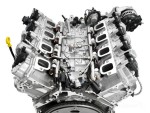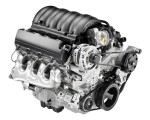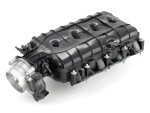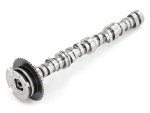Hot Rodding the LT1 – What Can We Do With the New Platform?
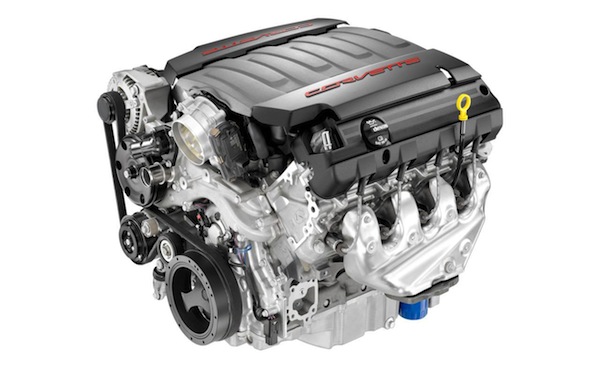
Seemingly the only major draw back to this engine is the name: LT1. The name has been around before and this Gen V LT1 shares almost nothing with its predecessors. The LT1 does share some things with the LS family. It has the same 4.065-inch bore and 3.62-inch stroke as the LS3, and tapered small-end connecting rods like in the LS9 and LSA engines.Very few physical parts are shared: valve retainers, piston pins, and two starter bolts. The LT1 is 99 percent new.
Chevrolet had an uphill battle introducing a new high-displacement, pushrod V8 set amongst small, turbo-charged compacts and high gas-mileage, low-emissions mandates. The LT1’s systems used to meet these requirements actually encourage more power. The active fuel management for example, also known as cylinder deactivation, that runs the V8 as a V4 (running only on cylinders 8, 5, 4, and 3) under leisurely driving, increases the fuel economy to almost 30 miles to the gallon. That system encourages bigger displacement as it produces a bigger 3.1L V4. Direct Injection also increases power allowing for higher compression, 11.5:1 for the LT1, and–like us–it likes boost. So it’s no surprise the C7 Z06 will feature a supercharged LT1 producing 625 hp and 635 lb-ft. of torque.
When the engine was first announced many thought Chevrolet’s 450 hp and 450 lb-ft of torque rating was a joking underestimate–as engineers laughed as it was introduced at the press conference. Here are a few dyno-pulls since the car has been released.
Lingenfelter Performance – 416 hp and 416 lb-ft
Hennessey Performance – 399.5 hp and 400 lb-ft
Pfadt Race Engineering – 411 hp and 410 lb-ft
Edmunds.com dyno – 407 hp and 411 lb-ft
*Edsmunds.com tested the Z51 trim package which includes a 5-extra-hp exhaust system
If you throw in a rough average of 15 percent drivetrain lose, it looks like Chevrolet was sandbagging a little bit, anywhere from 20-40 hp. But for us, any horsepower rating won’t be left well enough alone, so how can we upgrade the new engine platform?
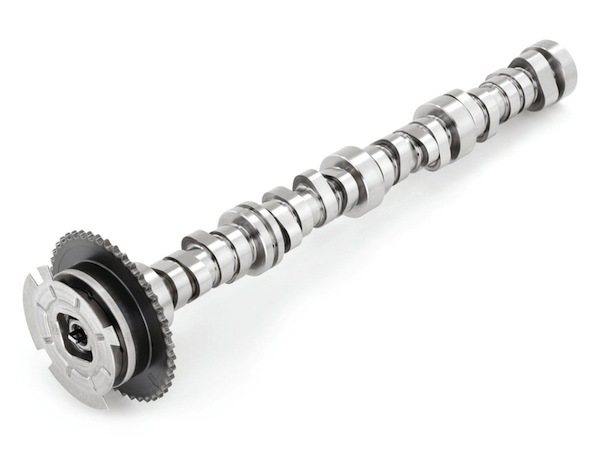
Chevrolet’s LT1 camshaft features the fuel pump lobe at the back of the cam.
The new direct injection has been a huge point of fear for hot rodders, saying they must “break” the new E92 ECU before they can make power. Ligenfelter Performance believes the power ceiling is 650 hp without altering the fuel pump or getting into the computer. A standard electric fuel pump in the gas tank that feeds fuel to the bigger pump mounted on the back of the intake, where you’d normally find the cam sensor on an LS3. This pump produces the high pressures needed (435–2,175 psi) for the injectors, using a 5.7mm-lift, three-pointed lobe on the back of the cam. Each injector flows 125.7 lbs/hr at 1,540 psi and is operated on 65 volts from the E92. So with more power means more fuel.
COMP Performance Group and Ligenfelter Performance both already have an impressive list of parts developed. COMP introduced four separate lobe styles, along with complete camshafts, that alter the lift and duration to increase the fuel delivery into the injectors. Because as of now, no one in the aftermarket offers injector upgrades for the LT1, we are forced to increase the output of the factory injectors. Ligenfelter has a stroked and supercharged LT1 that makes 720 hp, but they used separated injectors to aid the factory’s.
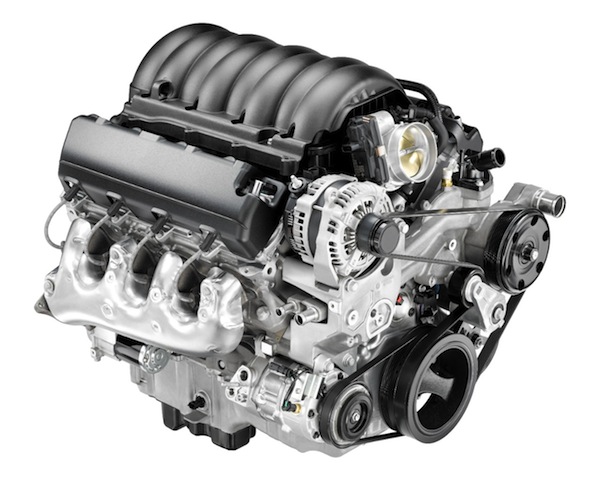
The L86 truck engine is what many aftermarket performance companies have been using to test LT1 parts on.
Luckily like the LS family shared many parts, the LT1 shares similarities with its Gen V brothers, namely the truck engines: 5.3L L83 and 6.2L L86. Companies like Magnuson, COMP, and Ligenfelter used this L83 (from a 2014 Silverado) to get a jump start on LT1 development, introducing a supercharger kit for the Silverado at the 2013 SEMA show. These engines might be the first ones to the scrape yards and therefore the first in our garages.
What do you think about Chevrolet’s new engine? Will we see more LT1 aftermarket support or will direct injection scare off hot rodders for a few more years? Comment below.
- The L86 truck engine is what many aftermarket performance companies have been using to test LT1 parts on.
- Chevrolet’s LT1 camshaft features the fuel pump lobe at the back of the cam.

